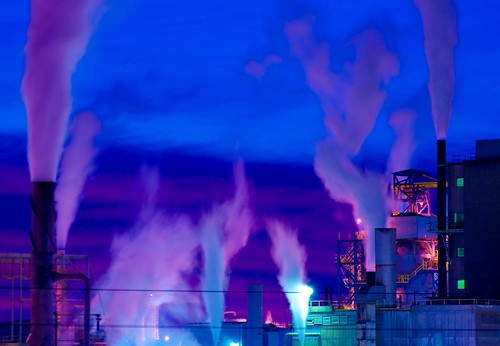Last week, the New York Times ran a series on working conditions in New York City nail salons. In response, Governor Cuomo announced emergency measures to combat wage theft and health hazards faced by nail salon employees. The articles in the NYT series are:
- The Price of Nice Nails
- Perfect Nails, Poisoned Workers
- 3 Ways to Be a Socially Conscious Nail Salon Customer
Over the past decade, several other states have grappled with this issue. Some of the resources that resulted from these projects include:
- Pollution Prevention Practices for Nail Salons: A Guide to Protect the Health of Nail Salon Workers and their Working Environment (U.S. EPA, 2004)
- Reducing Air Pollution from: Nail Salons: Community Information Sheet (U.S. EPA, 2007)
- Reducing Air Pollution from: Nail Salons: Owner/Operator Information Sheet (U.S. EPA, 2007)
- Safer Nail Products (California Dept. of Toxic Substances Control, 2012)
- Healthy Nail Salons (King County (WA) Local Hazardous Waste Program)
- Nail & Hair Salons (TURI)
In addition, there are quite a few research articles on environmental health risks associated with nail salons and how to prevent them. Here are several of the more recent ones:
- Exposure Assessment in Nail Salons: An Indoor Air Approach (ISRN Public Health, 2012)
- An Evaluation of Local Exhaust Ventilation Systems for Controlling Hazardous Exposures in Nail Salons (CDC, 2010)
- Indoor Air Quality Survey of Nail Salons in Boston (Journal of Immigrant and Minority Health, 2013).
- Characterization of indoor air contaminants in a randomly selected set of commercial nail salons in Salt Lake County, Utah, USA (International Journal of Environmental Health Research, 2013).
- The Boston Safe Shops Model: An Integrated Approach to Community Environmental and Occupational Health (American Journal of Public Health, 2010)
- Evaluating a county-based healthy nail salon recognition program (American Journal of Industrial Medicine, 2015).
If you’re looking for additional information on sustainability in nail and hair salons, ask the GLRPPR Help Desk Librarian.




